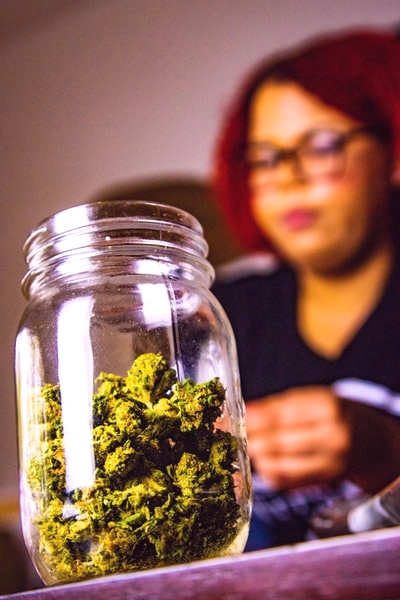In a nascent industry, it is often the case that a business needs to own multiple-verticals in the supply chain because the verticals are often underdeveloped, unreliable, or non-existent. But not every vertical is of equal importance and not every important vertical is equal. The relative importance depends on the industry. Generally, in the consumer packaged goods (CPG) industry (of which there is no denying cannabis lives) there are five primary verticals: cultivation, manufacturing, distribution, branded products, and retail. Originally many who entered the cannabis industry thought that the most important vertical was cultivation.
They were wrong.
While cultivation in a developing industry is important due to the short term instability of supply and pricing of agriculture products, it is a short term play, most important at the earliest stage of development. As supply stabilizes, the agricultural product becomes commoditized. This commoditization occurs because it is difficult to differentiate agricultural products from one another and therefore difficult to brand. Sunkist oranges and Chiquita bananas are two of the most successful branded agriculture products in North America. Yet few buyers shop specifically for either of those brands in the grocery store let alone ask for them by name.
That fact suggests that branded products are the most important vertical.
That’s also wrong.
In mainstream CPG, well known brands are worth billions of dollars. Well-known brands are ubiquitously found in every retailer often being in such demand that they dictate the terms of carriage. Take Heinz Ketchup as an example. Does anyone know where the tomatoes in the recipe come from? Of course not. What matters is the brand “Heinz”. So why were those who bet exclusively on brands in the cannabis industry so often wrong?
In a crowded market of multiple brands, in a nascent industry with an underdeveloped supply chain getting your brand to market in a consistent, cost effective, and widespread manner is challenging. Without that reliability and widespread access, it is difficult to build a consumer following. Without a consumer following, it is impossible to build a brand.
That analysis suggests the distribution vertical is most important. After all, in mainstream CPG getting picked up by a well-established distributor is a universal pre-condition of success at retail. Right?
Wrong again.
In the case of the cannabis industry with a multitude of small distributors building enough critical mass to build that loyal consumer following is challenging.
For that reason, in the cannabis industry, the most important vertical is retail but not standing on its own.
A stand-alone retail operation has a number of advantages.
A retail store acts as a meeting place for members of a community, allows customers to discover new products, and build relationships with the in store staff. This interaction increases customer loyalty. As stated earlier, loyalty is the foundation for building a successful business.
A retail store also supports product brand building by providing the consistency of placement on shelves, allowing consumers to find the brand and consistency is another pillar to build loyalty. But unless you also own the brands on the shelf you’re working for someone else’s benefit. Of course, there is value in building a retailer brand. After all, a chain of retail outlets can stand alone and build a loyal following. But just like Wholefoods Market sells its 365 brand and Costco sells its KirklandTM brand, there’s exponential value in a retail centric, multi-vertical structure that includes brands and other verticals in the supply chain.
A retail centric model provides data driven product development with real time feedback on how consumers like your brands in market. It allows new product development by identifying the holes in the market that can be filled by a retailer’s proprietary products. And it allows a brand to pivot as needed to stay relevant at the consumer level.
A retail centric model lifts other verticals in the retailer’s multi-vertical operation by allowing a retailer to leverage its supplier relationships for the benefit of its other verticals in the supply chain. It allows a retailer to build deeper relationships with its suppliers by providing manufacturing and distribution services to that supplier in a seamless and direct path from the supplier’s warehouse to the retailer’s shelves. This deeper relationship allows the retailer to harvest margin from multiple verticals and can provide a cost-effective model for the supplier as well.
It goes without saying that the greater the number of retail operations the more leverage the retailer has to generate deeper relationships with its suppliers, generate better pricing for itself and its customers by buying better and in bigger quantities. And in creating a seamless omnichannel shopping experience where it can attract a broader customer base who either shop online, in store, or through a combination of both through ‘click and collect’.
In summary, every vertical in the supply chain is important but they are not equal. Which vertical is most important depends on the industry and the stage of development of that industry. In cannabis, while intuitively cultivation or brands might seem important, at this time, I’m putting my money on retail.
The post The Exponential Value of a ‘Retail-Centric’ Multi-Vertical Strategy appeared first on Cannabis Business Executive – Cannabis and Marijuana industry news.






